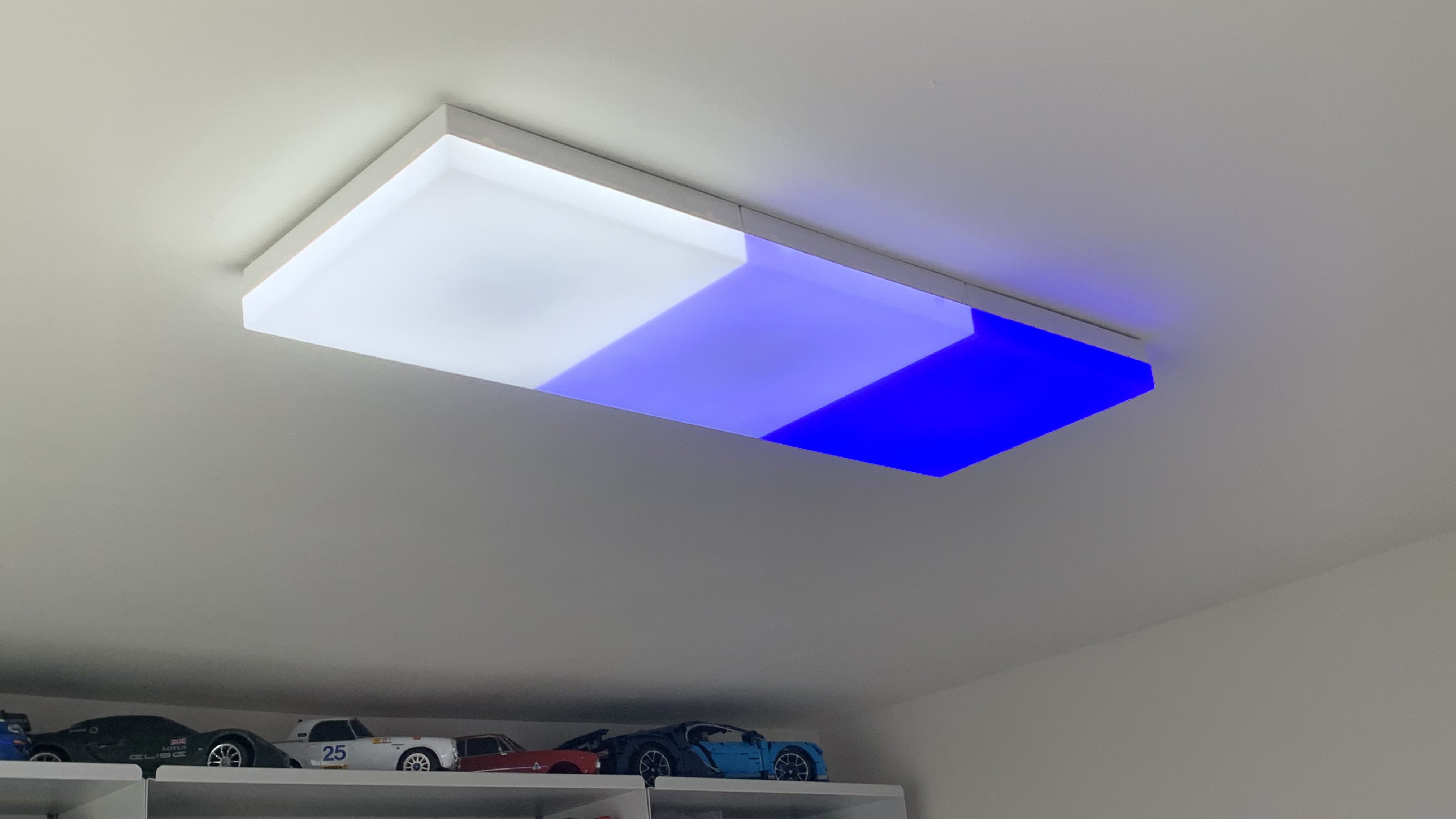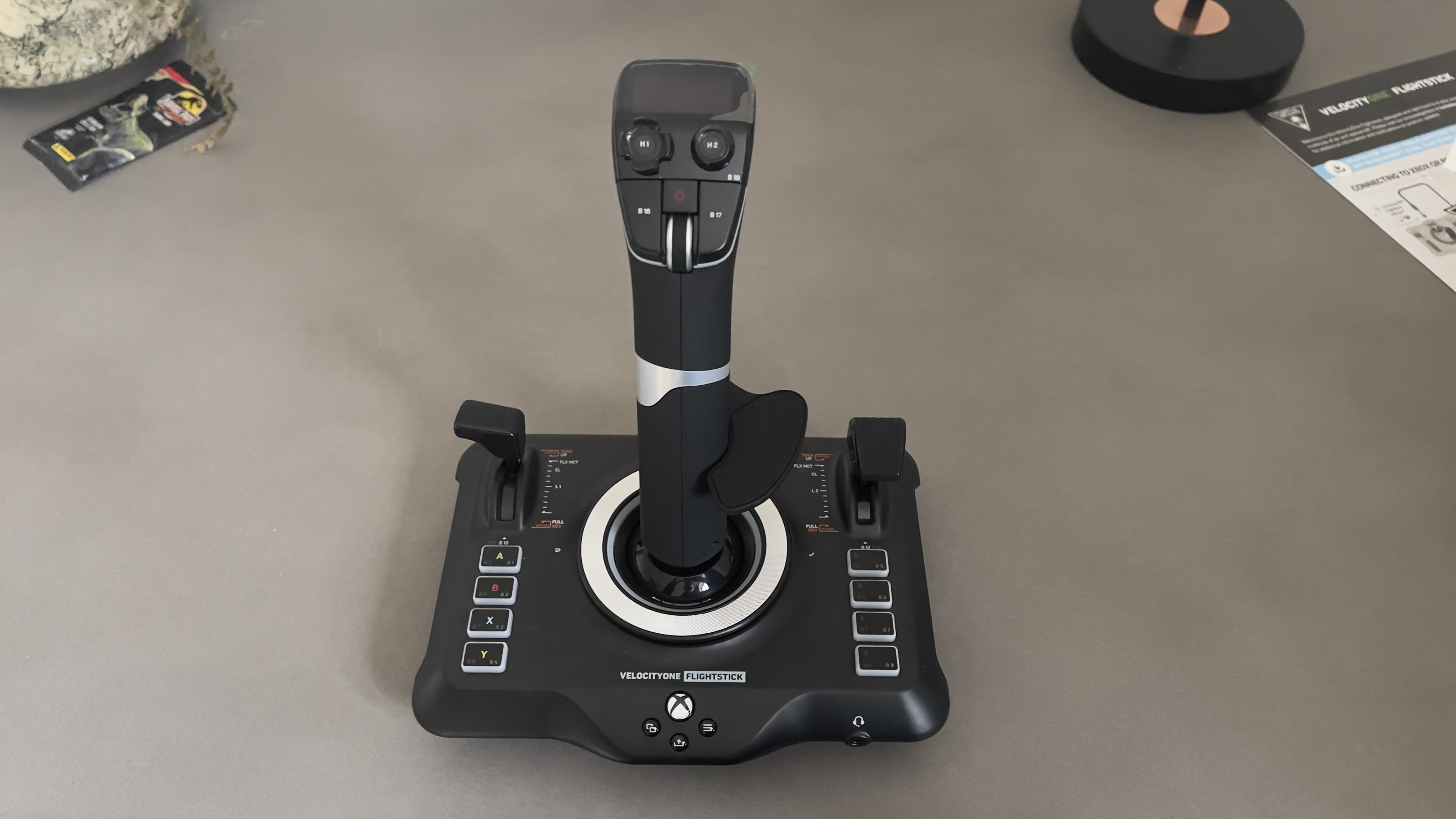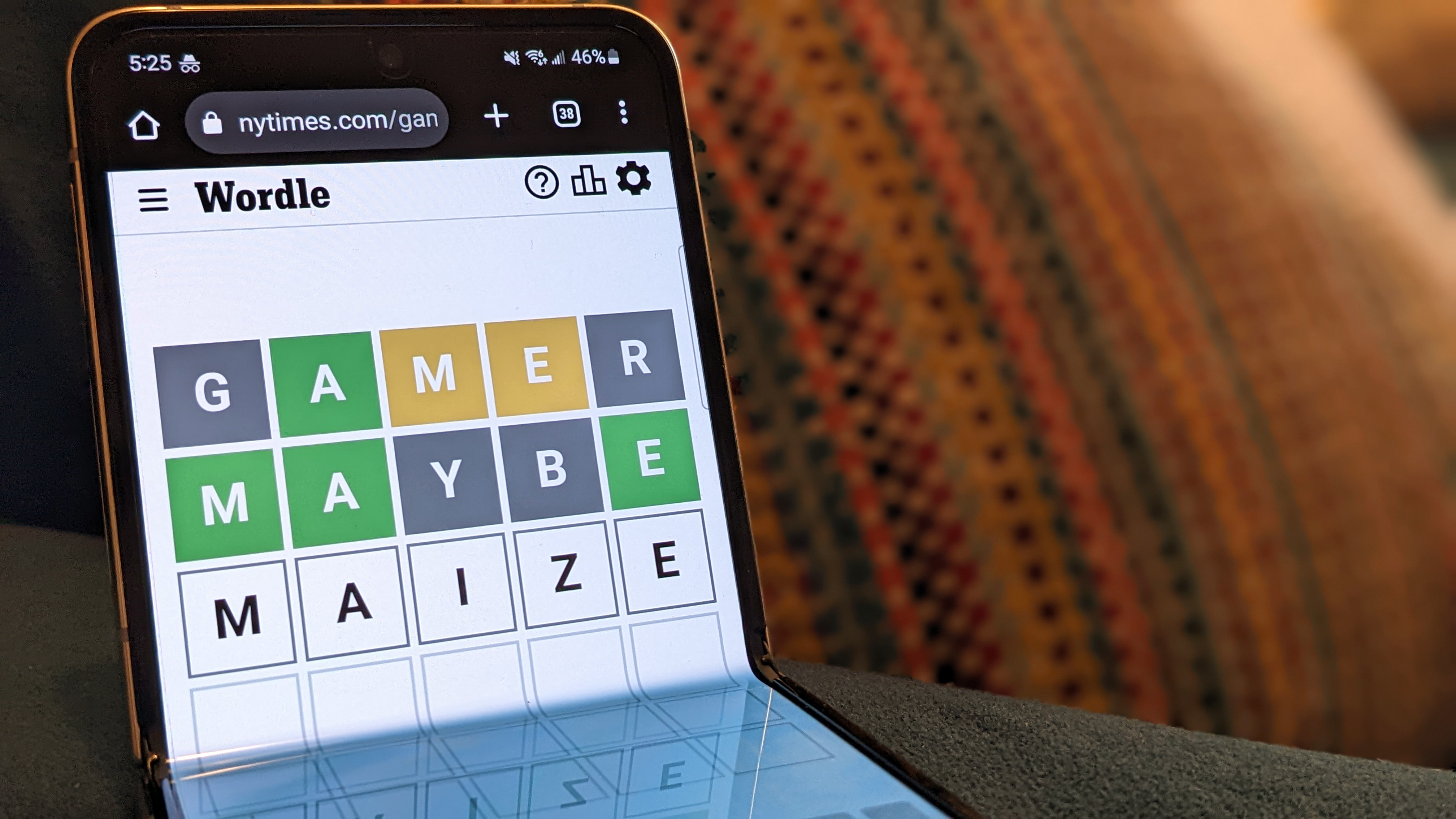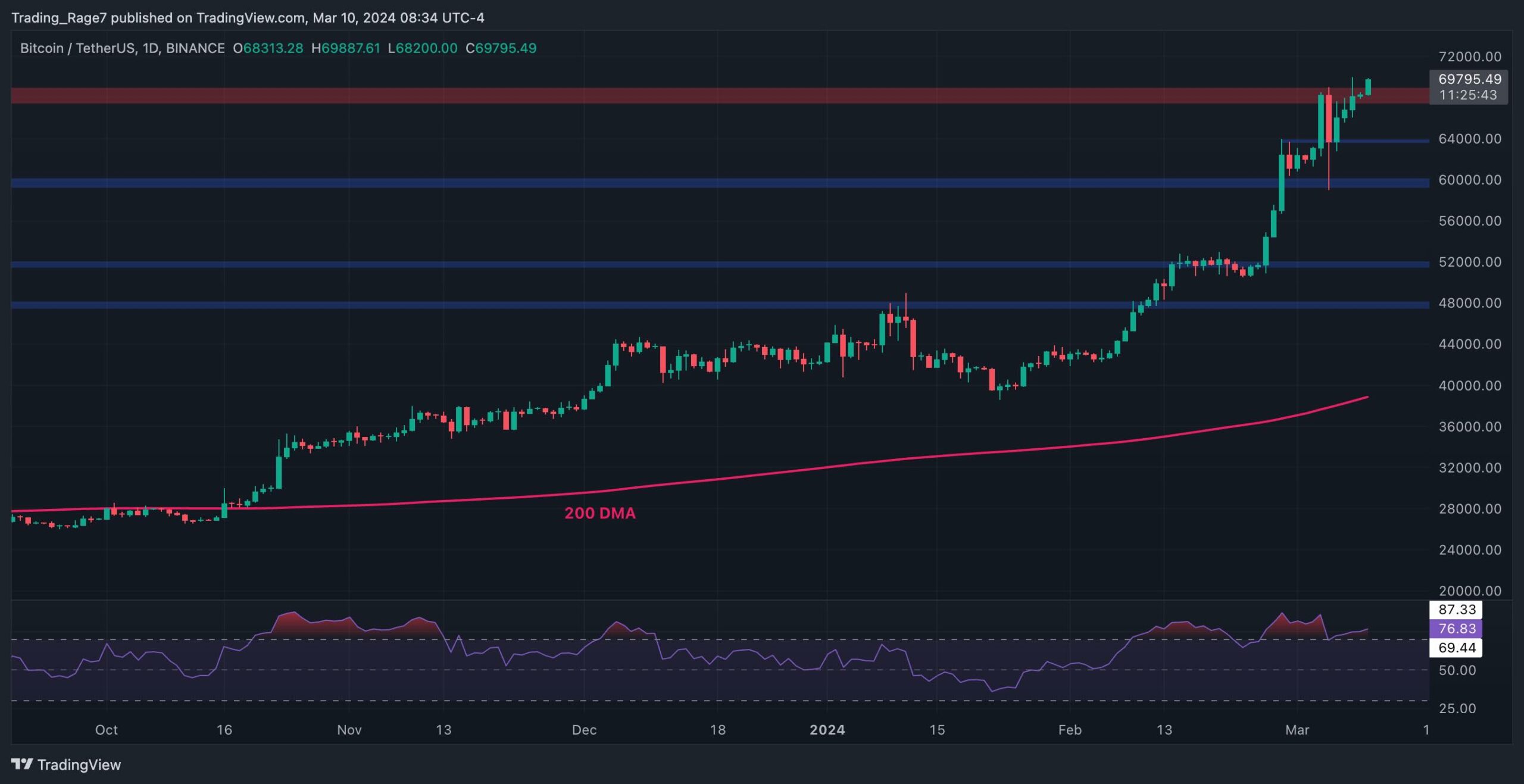32°N’s liquid lens sunglasses transform into reading glasses with a swipe
Specs for Gen X. Glasses are the defining feature of the nerd emoji, but add a dark tint to those lenses, and suddenly you and the emoji are cool. Glasses with chips are for “glassholes” and reading glasses are for olds — and nothing, I think we can agree, is lamer than an over-40-year-old like me. So what happens if you combine reading glasses with sunglasses and put a chip in that so discretely that nobody can even tell? That’s what Deep Optics has done with its latest 32°N-branded Muir sunglasses that I’ve been testing for the last few weeks. A swipe on the frame sends an electrical signal to the two liquid crystal lenses to change the state of millions of tiny pixels so that close objects come into focus. As such, these 32 Degrees North specs eliminate the need to carry (and lose) both reading glasses and sunglasses — at least, that’s the promise made in exchange for $849 of your hard-earned money. I’ve been enamored by liquid lens tech since I first saw it demonstrated at CES in 2017. That was long before I could admit that I needed reading glasses due to the onset of presbyopia, the gradual age-related loss of my eyes’ ability to focus on anything nearby. 32°N’s Muir sunglasses adjust focus with a swipe to see nearby objects. To be clear (ha!), they are not transition sunglasses that change opacity with the brightness of the sun, nor can they correct near or farsightedness. The lenses from Deep Optics change to reading glasses without ever changing opacity, and 32°N’s sunglasses aren’t offered with prescription lenses. I did all my testing while wearing contact lenses. The new Muir frames look very similar to the company’s existing Wharton frames, originally launched in 2021 / 2022 as a Kickstarter. Both are offered in chunky black or transparent plastic, but the new Muir frame features a slightly wider and curved fit. I think the Muir frames looked good on the handful of family and friends I asked to model them. But they don’t feel premium in the hand, reminding me a little too much of those cheap 3D glasses theaters hand out. But if you’re interested in buying these transforming sunglasses, then fashion is a secondary consideration to being able to read a menu while seated at a terrace cafe. A triple tap on the frame at the right temple activates the Bluetooth radio for pairing. Setup in the 32°N phone app is quick, with an excellent video explainer that walks you through each step. The company also offers guided one-on-one video onboarding sessions if you prefer the human touch. Either way, it’s during setup that you discover exactly how limited those liquid crystal lenses are. For typical reading glasses, the entire lenses are magnifiers, making them good for seeing things nearby and that’s it. That’s why you see people in their mid-40s and over constantly taking them on and off. But a single swipe from the right temple toward the ear on the new Muir frame doesn’t transition the entire lenses into magnifiers — it only transitions a squared-off section in each lens where the active liquid crystal lens resides. So, a lens within a lens, if you will, like an on-demand bifocal. GIF: 32°N This GIF from 32°N shows the liquid crystal lens being activated for up-close reading.And within that square is a narrow sweet spot that offers magnification, with everything else in the square blurred when active. With your head and eyes adjusted properly, that narrow magnification band allows me to read about five lines of smartphone text at default settings. To see more, I have to move my head. Everything outside that liquid crystal square is an unaltered “safety zone” with no magnification at all, making it useful to quickly glance around you without having to swipe to disable magnification. Another swipe from the temple backward, and the reading glasses revert entirely to sunglasses. From the outside, you can also see the lenses changing but only from certain angles, in just the right lighting, and only if you look very, very closely. In practice, everything works, but it takes a while to feel natural because the liquid crystal lens doesn’t focus immediately. Even then, after several hours of testing, I still find myself adjusting my eyes or head position to hunt for the sweet spot in order to read things. The gestures, on the other hand, became second nature rather quickly. After swiping for magnification, you see the lens immediately smear before returning to focus in about two to three seconds. It feels slow, but it’s magnitudes faster than having to fish out a pair of reading glasses. Swiping again to revert back to just sunglasses is more seamless and faster. The reverse swipe from ear to temple toggles the magnification focal distance between any two of three settings: Watch mode (very close), smartphone (close), laptop (not so close). The focal shift is subtle but meaningful, in my experience. I set mine to toggle between laptop and phone, where I spend most of my reading time. Holding mu
/cdn.vox-cdn.com/uploads/chorus_asset/file/25349399/DSC_9249.jpeg)
Specs for Gen X.
Glasses are the defining feature of the nerd emoji, but add a dark tint to those lenses, and suddenly you and the emoji are cool. Glasses with chips are for “glassholes” and reading glasses are for olds — and nothing, I think we can agree, is lamer than an over-40-year-old like me.
So what happens if you combine reading glasses with sunglasses and put a chip in that so discretely that nobody can even tell?
That’s what Deep Optics has done with its latest 32°N-branded Muir sunglasses that I’ve been testing for the last few weeks. A swipe on the frame sends an electrical signal to the two liquid crystal lenses to change the state of millions of tiny pixels so that close objects come into focus.
As such, these 32 Degrees North specs eliminate the need to carry (and lose) both reading glasses and sunglasses — at least, that’s the promise made in exchange for $849 of your hard-earned money.
I’ve been enamored by liquid lens tech since I first saw it demonstrated at CES in 2017. That was long before I could admit that I needed reading glasses due to the onset of presbyopia, the gradual age-related loss of my eyes’ ability to focus on anything nearby.
32°N’s Muir sunglasses adjust focus with a swipe to see nearby objects. To be clear (ha!), they are not transition sunglasses that change opacity with the brightness of the sun, nor can they correct near or farsightedness. The lenses from Deep Optics change to reading glasses without ever changing opacity, and 32°N’s sunglasses aren’t offered with prescription lenses. I did all my testing while wearing contact lenses.
The new Muir frames look very similar to the company’s existing Wharton frames, originally launched in 2021 / 2022 as a Kickstarter. Both are offered in chunky black or transparent plastic, but the new Muir frame features a slightly wider and curved fit.
I think the Muir frames looked good on the handful of family and friends I asked to model them. But they don’t feel premium in the hand, reminding me a little too much of those cheap 3D glasses theaters hand out. But if you’re interested in buying these transforming sunglasses, then fashion is a secondary consideration to being able to read a menu while seated at a terrace cafe.
A triple tap on the frame at the right temple activates the Bluetooth radio for pairing. Setup in the 32°N phone app is quick, with an excellent video explainer that walks you through each step. The company also offers guided one-on-one video onboarding sessions if you prefer the human touch. Either way, it’s during setup that you discover exactly how limited those liquid crystal lenses are.
For typical reading glasses, the entire lenses are magnifiers, making them good for seeing things nearby and that’s it. That’s why you see people in their mid-40s and over constantly taking them on and off.
But a single swipe from the right temple toward the ear on the new Muir frame doesn’t transition the entire lenses into magnifiers — it only transitions a squared-off section in each lens where the active liquid crystal lens resides. So, a lens within a lens, if you will, like an on-demand bifocal.
/cdn.vox-cdn.com/uploads/chorus_asset/file/25345653/32_N_prototype_live_action_low_1296x.gif) GIF: 32°N
GIF: 32°N
And within that square is a narrow sweet spot that offers magnification, with everything else in the square blurred when active. With your head and eyes adjusted properly, that narrow magnification band allows me to read about five lines of smartphone text at default settings. To see more, I have to move my head.
Everything outside that liquid crystal square is an unaltered “safety zone” with no magnification at all, making it useful to quickly glance around you without having to swipe to disable magnification.
Another swipe from the temple backward, and the reading glasses revert entirely to sunglasses. From the outside, you can also see the lenses changing but only from certain angles, in just the right lighting, and only if you look very, very closely.
In practice, everything works, but it takes a while to feel natural because the liquid crystal lens doesn’t focus immediately. Even then, after several hours of testing, I still find myself adjusting my eyes or head position to hunt for the sweet spot in order to read things. The gestures, on the other hand, became second nature rather quickly.
After swiping for magnification, you see the lens immediately smear before returning to focus in about two to three seconds. It feels slow, but it’s magnitudes faster than having to fish out a pair of reading glasses. Swiping again to revert back to just sunglasses is more seamless and faster.
The reverse swipe from ear to temple toggles the magnification focal distance between any two of three settings: Watch mode (very close), smartphone (close), laptop (not so close). The focal shift is subtle but meaningful, in my experience. I set mine to toggle between laptop and phone, where I spend most of my reading time.
Holding multiple fingers against the temple toggles the lenses into your default reading mode (smartphone for me) and stays there for a preset delay after the hand is removed (two seconds for me). This proved to be a very useful gesture for quickly checking phone notifications, a payment terminal, or anything else you need to quickly read in close proximity.
But $849 is a lot to spend on these, especially when a decent pair of polarized sunglasses fitted with multi-focal prescription lenses can be had for around $500.
There’s absolutely a gee-whiz factor to liquid crystal lens tech, and the undeniable convenience it offers to any aging GenXer who would benefit from only having to carry (and care for) a single pair of glasses. They (we) were the first generation to grow up with personal computers, so it’s only right that they’re the first to get computerized glasses to keep reading them.
Ultimately, if you’re interested in these new Muir adaptive sunglasses, I’d suggest giving them a try before committing — something 32°N makes possible with a 30-day money-back guarantee.
What's Your Reaction?


































